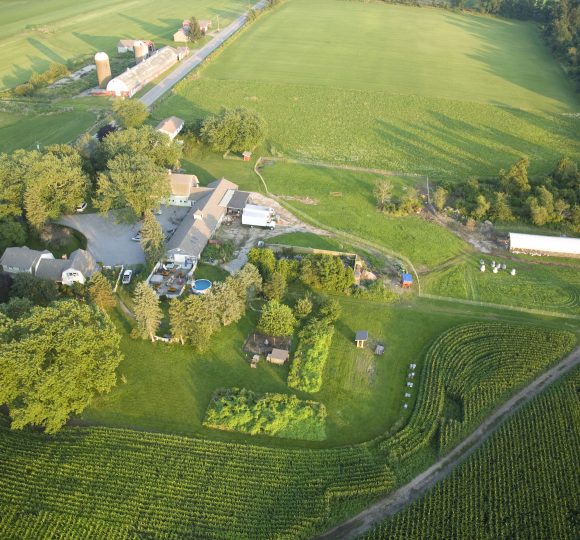This article presents a polychotomous choice-selectivity model to estimate the interactions among urbanization, land use regulations, and public finance in five western states (California, Idaho, Nevada, Oregon, and Washington). Land use regulations in these five states reduced the total developed area by an estimated 12.2% from 1982 to 1992, but increased housing prices between 1.3% and 4.7%, depending on the intensity of land use regulations in a county. Land use regulations also reduced public expenditure and property tax in the long run by 5.6% and 8.4%, respectively, but increased public expenditure and property tax in the short run by 9.8% and 12.6%.
Publications
Measuring Interactions Among Urbanization, Land Use Regulations and Public Finance
Publication Name
American Journal of Agricultural Economics
Links
Author
Seong-Hoon Cho, JunJie Wu and William G. Boggess
Publisher
Ames,IA: American Agricultural Economics Association
Page Numbers
988-999
Publication Date
November 01, 2003
Publication Type
Articles
State
California, Idaho, Nevada, Oregon, Washington
Keywords
Land Use Changes, Land Use Planning





